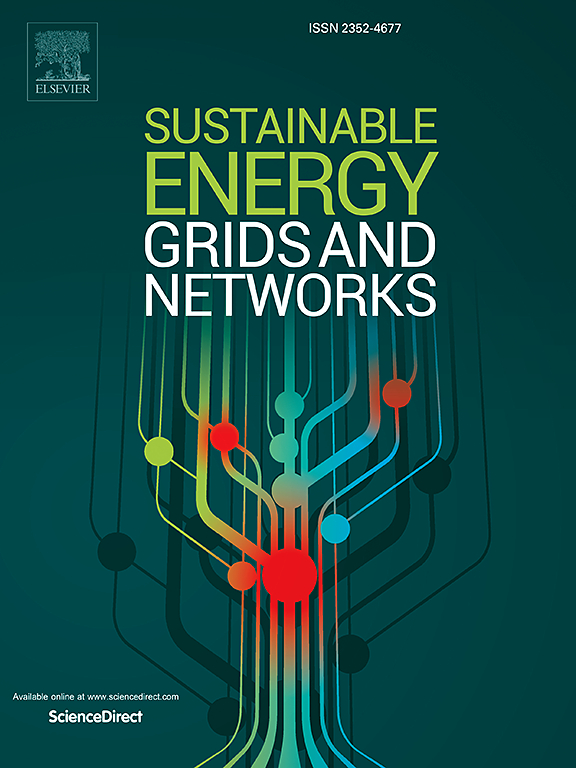This paper deals with the tuning of power system stabilizers based upon an estimation procedure properly tailored for online applications. The growth of renewables in modern power systems imposes constant verification of the current operating condition and the effective tuning of power system stabilizer parameters to comply with a satisfactory damping factor of general system behavior. More specifically, an online procedure is proposed for the estimation of the current operating point and the consequent tuning of the parameters of the power system stabilizers. The estimation procedure combines the system’s dynamic response to a probing signal with the available measurements of power and voltage at the generator terminal side. The parameters of the current operating point are then derived through the least squares minimization between the measurement and power deviations. At the aim of the parameter tuning procedure, with respect to the estimated operating point, proper modeling that considers the presence of damper windings within the design methodology is proposed for better describing the dynamic performances. The proposed design procedure can combine both the specifications in the frequency domain of the phase compensation and those relating to the appropriate location of the eigenvalues of the dynamic matrix of the system. In the numerical application, the proposed approach is shown to be very effective in terms of current operating point estimation and consequent tuning of the power system stabilizer parameters in the range of interarea oscillations and local oscillations, thus counteracting the renewed requirements for stability issues in modern power systems.


